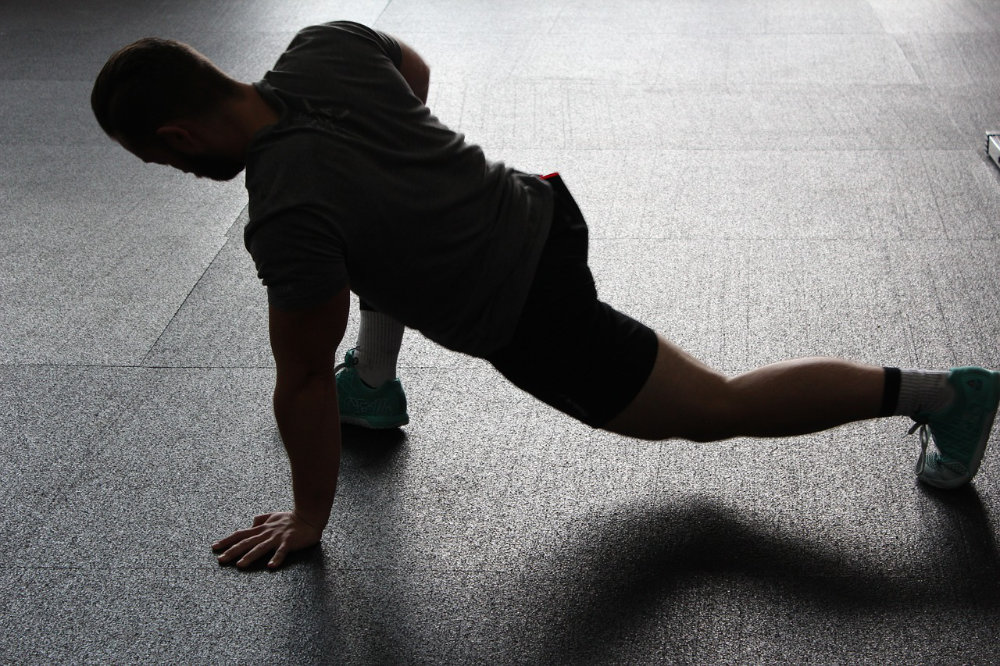Loudoun County, Va. — Do you know what constitutes a complete warm-up? Too often, sports-related injuries occur and could have been easily prevented had the athlete thoroughly prepared their body for practices and games. So what is an appropriate warm-up? The warm-up, which typically lasts between 10-15 minutes, feeds the body. Whether it’s a run, a jog, a swim or a brisk walk, the change in activity does several things:
- It increases the blood supply to the muscles
- It increases the heart rate
- It begins to produce more lubrication for the smooth joint motion
Now that the body is warm, the next step is to thoroughly stretch. This step is critical for athletes. Following a warm-up, the increased temperature allows them to elongate their muscles without risking injury.
There are two types of stretches: static and dynamic.
Static stretching is the most common form of stretching, because it can be performed at any fitness level. A static stretch is generally held for 20-30 seconds, in a slightly uncomfortable position, to encourage additional lengthening of the muscle and deeper movements.
Dynamic stretching is used to prepare the body for competition-specific functioning. This kind of stretching is the best way to prepare the joints for movement and activation. For example, if I am designing a dynamic stretching program for a volleyball player, I am going to make sure they’re performing quick moves that mimic the kind of movements they would do during a game. Volleyball involves squatting, lunging, agility, shoulder mobility/stability to name a few things so their warm-up and stretching program would definitely include the following:
- Arm swings and circles
- Quick feet in place
- High knees
- Walking lunges
- Jump Squats
To Review: Based off what you’ve just read, if you were designing a warm-up and stretching program for a soccer player, which set of dynamic exercises would be best to perform after an initial warm-up?
A. Arm circle, high knees, jumps squats
B. Butt kicks, high knees, grapevines
C. Walking lunges, shoulder shrugs and wrist circles
Stretching is arguably the most important and easiest activities to decrease the chance for injury. And yet many people don’t do it before practice, games or general activity.
When stretching is done improperly, it limits the flexibility and mobility of not one, but many areas of the body. For example, if an athlete has tight hamstrings, they’re also going to be limited in their hip and knee flexibility and strengthening mechanics. They’ll also be at risk for back and knee problems. Why? Because the hamstrings move the hip joint and also cross over the back of the knee joint. This is why a tight and weak hamstring can often lead to knee pain.
Focusing in on the hamstrings, let’s take a direct look at how inadequately stretched and strengthened hamstrings can impact an athlete’s performance. When a lineman has tight hamstrings, he is unable to properly achieve his three or four-point stance. Therefore, his ability to be explosive on the field is dramatically limited. So his body has to compensate for this limitation is some way. Instead he’s use lengthened and weakened quad muscles which provide the bottom half of the body’s power and force. Pair tight hamstrings with weakened quads on a 250-pound lineman, and you now have a heavy, unstable and unbalanced athlete performing at a fraction of his actual speed and power due to musculature limitations that could easily be avoided with proper stretching and strengthening.
Note from our sponsor: At Loudoun Sports Therapy Center, we want to work with coaches, parents and athletes themselves and help them get ahead of the injuries so they’re not losing playing time, having to rework line-ups because of injuries and keep athletes healthy all season long.








